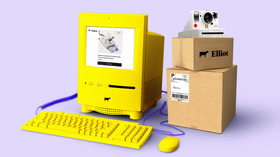10+ Best Email Drip Campaign Marketing Tips (With Winning Examples!)
Done right, your drip campaign can build loyalty, drive conversions, and encourage repeat customers. Here's how to make it all happen >>
Updated November 20, 2023.

If your entire marketing strategy is built on "Hey, I just met you, and this is crazy, but here's my product, so call me maybe," you're leaving money on the table – and building a drip campaign-centered marketing strategy may help you avoid that.
According to recent studies, leads need about eight touchpoints to convert into customers. It may be less for some businesses and more for others – but overall, the same idea applies: people rarely buy immediately.
A good email drip campaign can take your target audience by the hand and feed it the email content it needs – the kind that draws them closer to your brand and products.
How to build drip email campaigns that work?
Let's dig in.
What is drip marketing?
Drip marketing is a strategic email marketing approach that involves sending (or dripping) pre-written, automated emails to subscribers or leads over a specific period, usually including educational content. In some cases, other types of media might be used too – but overall, email marketing is considered the most common form of drip marketing.
Drip campaigns aim to nurture relationships, engage, and guide potential customers through the buyer's journey. These campaigns can be triggered by various actions or events, such as when a user signs up for a newsletter, buys something, or abandons a cart.
The goal is not to overwhelm your audience with sales reps and pitches but to educate your potential clients, stir engagement, and show your leads that you're ready to take on their challenge whenever they feel like it.
Top 7 benefits of using drip campaigns
Drip campaigns have many benefits for business owners or marketing managers and prospective customers. Here are some of the most important advantages to consider:
More engaged clients
Drip emails allow you to stay top-of-mind with your audience by delivering targeted, personalized content regularly. This consistent communication fosters engagement and encourages recipients to interact with your brand.
Better content distribution
By delivering valuable content over a series of emails, drip campaigns enable you to distribute your marketing messages effectively. Each email can focus on a specific topic, ensuring that your subscribers receive the information they need in a digestible manner.
Better lead nurturing
Drip marketing campaigns excel at nurturing and guiding leads through the sales funnel. You can build trust, establish credibility, and gently push prospects toward conversion by providing relevant content at each customer journey stage.
Brand awareness boost
Drip campaigns allow you to reinforce your brand's identity and values. Consistent messaging and branding across multiple emails help create a strong brand presence in the minds of your subscribers.
Contact re-engagement
Drip campaigns are an excellent way to re-engage inactive or disengaged contacts. You can reignite their interest and encourage them to take action by delivering compelling content and offers.
Increased conversion rates
With a well-crafted drip campaign, you can guide your leads toward conversion by providing the right information at the right time. By nurturing them through personalized emails, you increase the likelihood of converting them into paying customers.
Better customer segmentation
Drip campaigns allow for precise customer segmentation, ensuring your emails are tailored to specific groups or individuals. Enhance the effectiveness of your campaigns by delivering targeted content based on subscribers' preferences, behaviors, or demographics.
Email drip campaign examples to inspire you
Drip sequences can take many forms and be triggered by various events or actions. Here are some examples of steal-worthy drip email marketing campaigns you can implement in your marketing strategy:
Date-driven drip campaigns
These campaigns are triggered by specific dates, such as birthdays, anniversaries, or subscription renewals. They provide an opportunity to deliver personalized offers, discounts, or greetings to strengthen the customer relationship.
Remember that, to send these types of emails, you need to ensure your email list is very well-segmented and that you have enough information about each contact on your list.
Subscription renewals or repeat customer prompts
By sending reminder emails before a subscription renewal or promoting products related to a previous purchase, you can encourage transparency, get repeat business and increase customer loyalty.
Welcome drip campaigns
When a new subscriber joins your email list or a customer makes their first purchase, you can send them onboarding emails. These campaigns introduce your brand, set expectations, and provide valuable information to build a strong foundation with the recipient.
First purchase automation
Following a customer's first purchase, a drip campaign can be initiated to express gratitude, offer post-purchase support, and recommend complementary products or services. This helps foster loyalty and keeps engaged clients close to your brand.
Product recommendations
Based on previous purchases or browsing behavior, drip campaigns can be created to suggest relevant products or personalized recommendations to your customers. This tailored approach enhances the customer experience and increases the chances of additional purchases.
Remember: this should be a friendly email making suggestions on how your audience can achieve their goals faster, more efficiently, and in a less expensive way. It should not be an aggressive, overly promotional message.
Follow-up drip campaigns
A follow-up drip campaign can be triggered after a customer interacts with your brand, such as attending an event or downloading a whitepaper. These campaigns provide additional value, nurture the relationship, and encourage further engagement.
Abandoned shopping cart campaigns
An abandoned cart drip campaign can be initiated when a customer leaves items in their cart without completing the purchase. These campaigns send reminders, offer incentives, and address concerns to prompt clients to complete the transaction.
With an abandoned cart email sequence, it's essential not to be too pushy – you want to nudge people to come back to your website and finish the transaction, but you don't want to spam them. Keep your subject lines short, and to the point, and make sure not to include too many emails in this type of drip campaign.
Lead nurture drip campaigns
You can also design an effective drip workflow for leads in the (very) early stage of the buyer's journey. Remember that these marketing emails aim to educate your subscribers – not necessarily turn every email into a sales pitch.
Providing your ideal customers with free educational resources not only helps you stay top-of-mind for them when they're ready to buy. It can provide you with important data on their engagement that can be used to improve your overall email marketing strategy.
For leads in the early stages of the sales funnel, drip campaigns can be designed to educate, build trust, and guide them toward conversion. These campaigns provide valuable content, answer common questions, and address pain points to nurture the lead's interest.
Unsubscribe emails
When a subscriber decides to unsubscribe from your emails, a well-crafted drip campaign can be triggered to understand their reasons and offer alternatives. These "unsubscribe emails" allow you to gather feedback, re-adjust your strategy, and potentially re-engage with the recipient in the future.
Post-demo campaigns
When you run a product demonstration and get a lead's email address, you can enroll them in a drip email sequence to further educate your potential customer. You can, for example, highlight key features and benefits, address any concerns, or present different use cases. These campaigns help move the target audience closer to making a purchasing decision.
How to build a successful drip campaign
Building a successful drip email marketing automation requires careful planning and execution. Here are the essential steps:
Choose your email software
Select a reliable email marketing platform with automation features and the flexibility to effectively design and manage drip campaigns. Popular options include Mailchimp, Campaign Monitor, Klaviyo, and ActiveCampaign.
Identify your goal
Determine the primary objective of your drip campaign. Whether it's to convert leads, nurture relationships, or re-engage inactive customers, having a clear goal will guide your campaign's structure and content.
Identify the triggers
Define the actions or events that will trigger your drip campaign. These triggers can include subscribing to a newsletter, purchasing, abandoning a cart, or reaching a specific milestone in the customer journey.
Decide the number of emails
Plan the number of emails in your drip campaign based on your objective and the complexity of your sales process. Consider the campaign's duration and the frequency of email delivery to strike the right balance between engagement and avoiding overwhelming your subscribers.
Create and personalize your content
Craft compelling and relevant content for each email in your drip campaign. Tailor the messaging to the recipient's stage in the buyer's journey and segment your audience to ensure the content resonates with their interests and needs.
Provide an opt-out
Always include a clear and easy-to-find unsubscribe option in your drip campaign emails. Respecting recipients' preferences and giving them control over their email subscriptions helps maintain a positive brand image and complies with privacy regulations.
Drip email campaign best practices
To maximize the effectiveness of your email marketing campaigns, follow these best practices:
Keep it short and educational
Keep your emails concise and focused, delivering valuable information without overwhelming the recipient. Provide educational content that addresses pain points or offers solutions, positioning your brand as a trusted advisor. Remember that drip emails aren't promotional emails – so focus on providing your audience with helpful resources in your email sequence.
Add a CTA at the end of each email
Include compelling calls to action (CTA) in each email to prompt recipients to take the desired action. Whether it's visiting your website, downloading a resource, or making a purchase, a clear and enticing CTA helps drive engagement and nudge user actions like sign-ups, logging into your site, or trying out a new feature.
Find the right timing
Experiment with different time intervals between emails to find the optimal frequency for your audience. Consider their preferences, behavior patterns, and the nature of your offering to determine the timing that generates the best response.
A/B test your emails
Test different subject lines, content formats, CTAs, or sending times to identify what resonates best with your audience. A/B testing allows you to refine your email marketing campaign and improve its effectiveness over time.
Measure your metrics
Regularly monitor and analyze key metrics to evaluate the performance of your drip campaigns. Track relevant email marketing metrics: open rates, click-through rates (CTR), click-to-open rates (CTOR), and conversion rates to identify areas for improvement and optimize your campaigns accordingly.
Don't give up if there's no response
Not all recipients will engage with your email marketing campaign immediately. Some may require more time or additional nurturing. Persist with your campaigns, adjust your approach if necessary, and continue providing value to increase the chances of conversion.
Ask for feedback
Encourage recipients to provide feedback on your drip campaign. By seeking their opinions and suggestions, you can gain valuable insights into how to enhance the effectiveness of your campaigns and improve the customer experience.
Include social proof
With drip emails, you don't have to toot your own horn – but nothing is stopping you from adding customer testimonials and social proof at the end of your emails. This will help prospective buyers better understand how your products can help them, straight from your current customers.
From farm to inbox: drip marketing
Drip irrigation is a targeted irrigation method that delivers water directly to the plant roots, using a system of pipes and emitters to provide slow and consistent water flow, maximizing efficiency and minimizing water waste.
Your drip campaign workflow works similarly. Instead of happy plants, thought, you're aiming for happy customers. Drip emails feed into your potential client's need to know more about what you do, so they stay engaged with your business and get in touch with your sales team when they are ready to do it.
Just like in drip irrigation, the emails in a drip workflow come in steadily – there's no waste of time, space, or pixels in drip marketing. Your only focus is delivering the kind of educational content that nurtures your leads for your sales goals without pushing them to buy with every interaction.
Looking for a drip marketing expert to help you out?
Contact Mayple and we’ll match you with the perfect person for your niche -- all in a matter of days too!

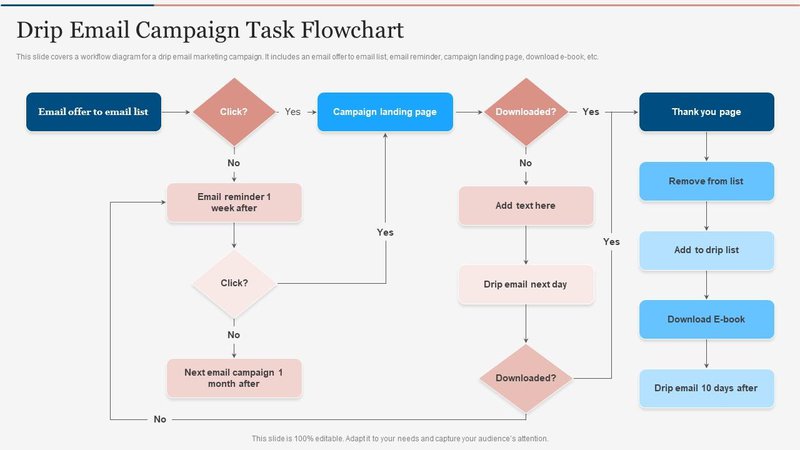
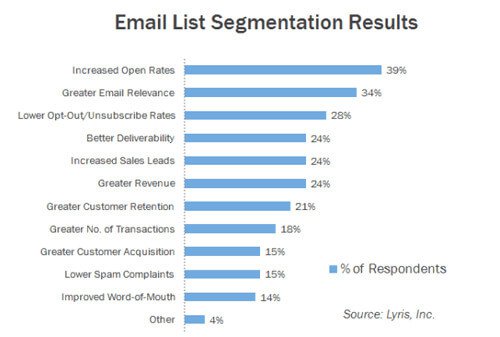



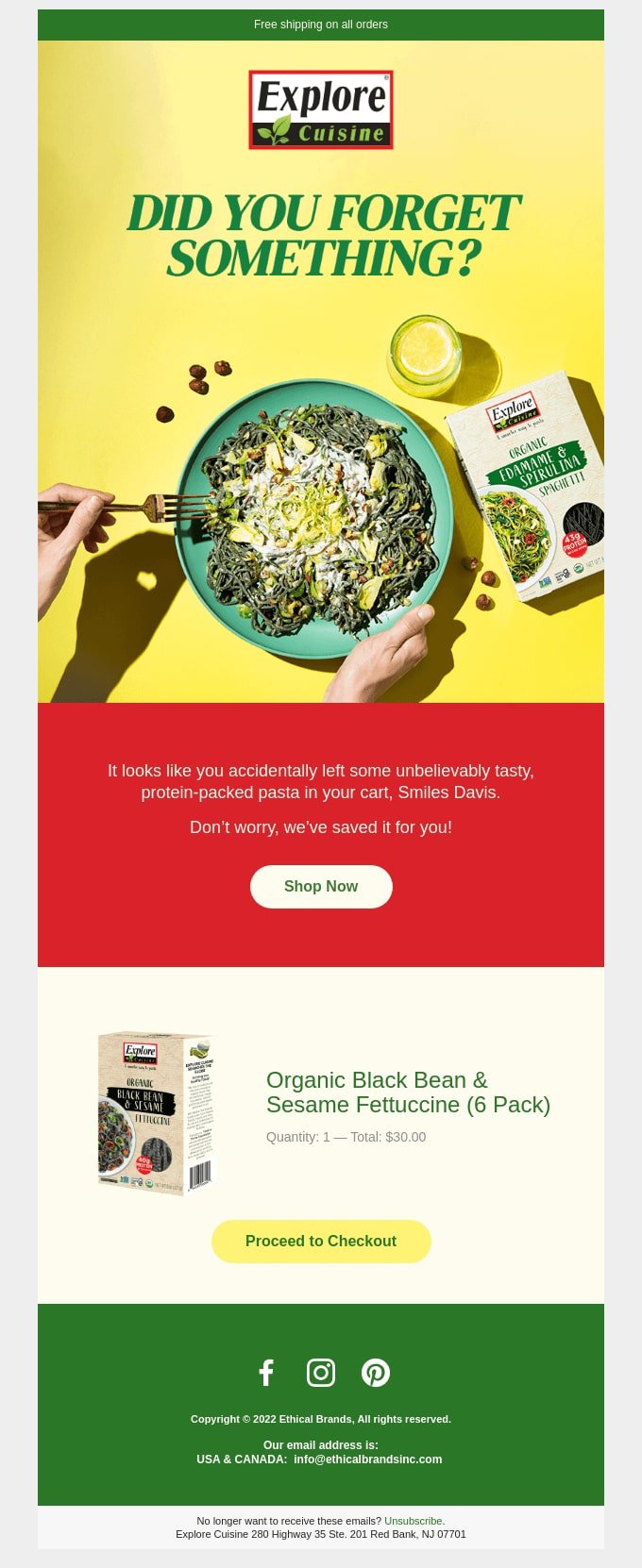

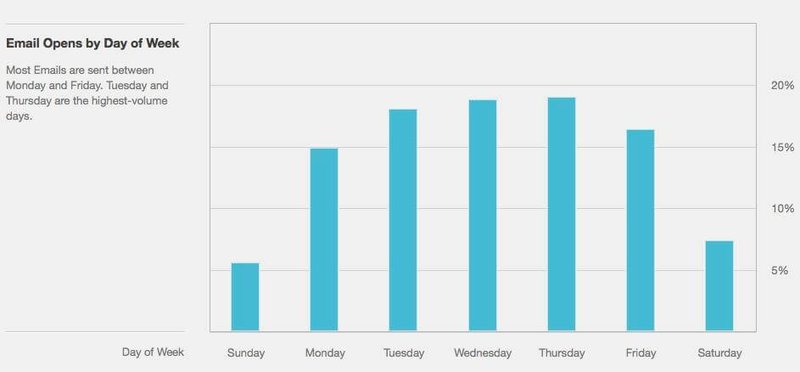



![[Interview] Jamie Turner on One-to-One Marketing, Data, and Hyper-Targeting](jpg/60a0cd383502c074ee5083e4_1200308662230542mayple1920x1080la3_02_e5d1890c275fffc0736b1687ad9c7674_2000-1699777182228.jpg)
